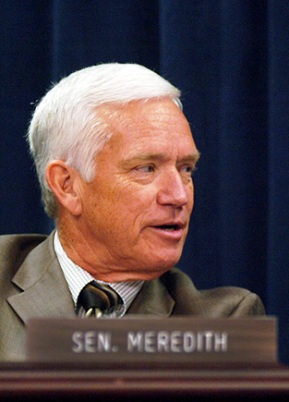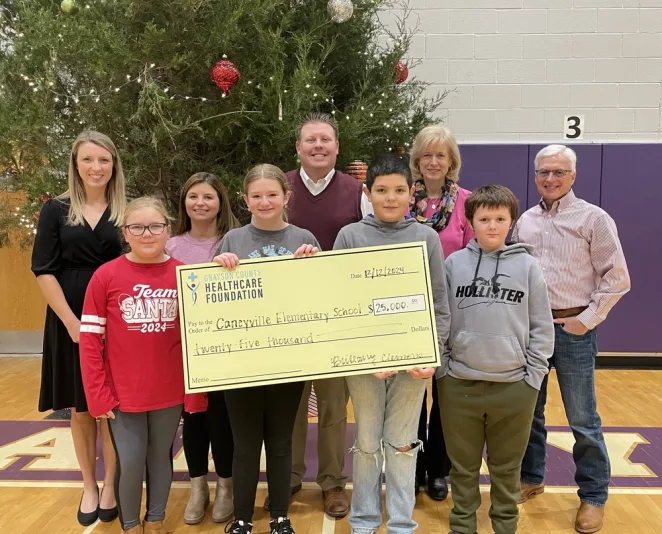
As the calendar turns to September, our countryside undergoes a gradual transformation, as farm fields now bear the signs of impending harvest.
This is a critical time for farmers, as they prepare to reap the fruits of their labor and we pray for a good harvest that will both provide income for their families and food for our tables. Agriculture, the backbone of our state’s economy and our communities, takes center stage in September. It is the month when long hours and hard work culminate in the gathering of crops that will sustain us through the year. As farmers move their equipment from one plot to another, it’s vital for other road users to recognize the significance of their task.
While most of us do not farm, we can play a role in getting those crops in safely and successfully. With tractors, combines, and other agricultural equipment making their way from field to field, sharing the road becomes an important consideration for both rural drivers and those passing through. Navigating these shared spaces requires patience, understanding, and a commitment to safety.
Sharing the road with agricultural equipment is not merely a legal obligation. It is a display of support for those who toil to feed the nation.
Speed: One of the primary challenges in sharing the road with agricultural equipment is the difference in speed. Tractors and combines, designed for the deliberate pace of field work, move significantly slower than modern vehicles accustomed to highways and city streets. This discrepancy can lead to frustration among drivers who find themselves behind a slow-moving tractor on a narrow road. However, remember that farmers are not on the road to inconvenience anyone; they are transporting essential equipment to fulfill a critical task. Because they farm, we can eat.
Patience: Rather than rushing to overtake agricultural machinery on a winding road, take a deep breath and maintain a safe distance. Some rural roads might not provide ample space for safe passing, so understanding that a brief delay is a small price to pay for the nourishment that will eventually grace our tables can foster a sense of perspective.
Communication: Many modern tractors and combines are equipped with reflective markings, slow-moving vehicle signs, and flashing lights to alert other road users. Recognizing these signals can help drivers anticipate the presence of agricultural equipment ahead and adjust their speed accordingly. Similarly, farmers can contribute to road safety by pulling over when possible to allow vehicles to pass, ensuring that traffic congestion doesn’t become a hazard.
September weather can be unpredictable, and sudden rain showers can turn roads slippery, especially after months of dry weather. This is a consideration for both farmers and drivers sharing the road. For farmers, it is crucial to assess road conditions before embarking on a journey with their equipment. For drivers, it’s important to adjust their driving habits in inclement weather, giving ample space and reducing speed to accommodate for potentially hazardous road conditions.
Remembering the significance of the harvest, recognizing the need for patience, and communicating effectively can create a safer drive. As we navigate the roads alongside tractors and combines, we not only ensure our safety but also demonstrate our support for the tireless efforts of farmers who sustain our communities.
As always, I can be reached anytime through the toll-free message line in Frankfort at 1-800-372-7181. You can also contact me via e-mail at Samara.Heavrin@lrc.ky.gov. You can also keep track of committee meetings and potential legislation through the Kentucky legislature’s home page at legislature.ky.gov.
Rep. Samara Heavrin, R-Leitchfield








